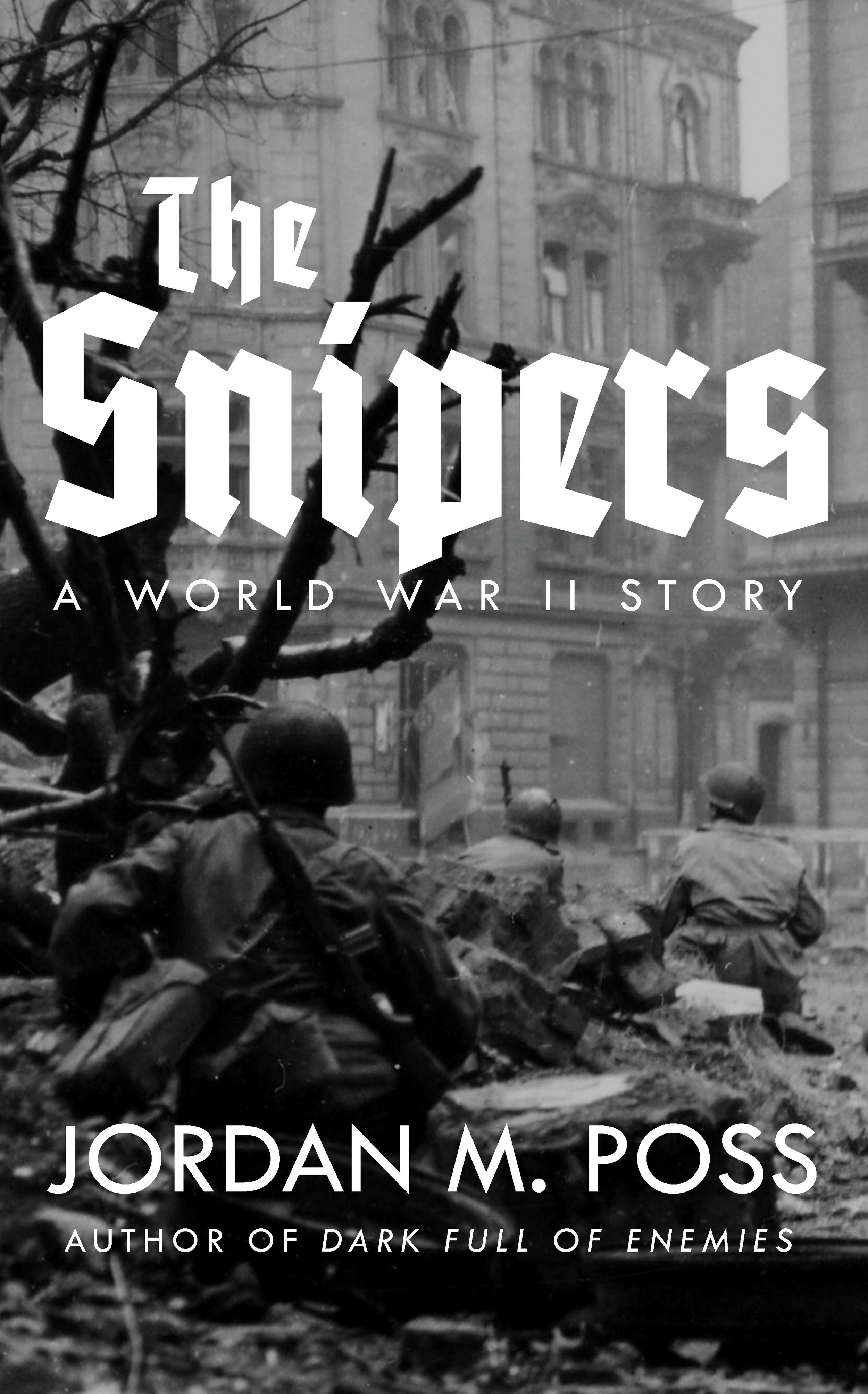The Oceans and the Stars
/A skilled mariner, gifted with leadership, cunning, and physical tenacity, longs to return home from a long and dangerous wartime voyage. Unaccountable powers hinder and undermine him and his stouthearted resistance brings down their wrath. They throw extra hazards and unreasonable anathemas in his way. Men die. He may never see home again. Meanwhile, the woman he left behind, a woman as smart and tough as him, is surrounded and menaced by men who see little in her but advancement for themselves. And every day they spend apart they grow older, that time together lost irrevocably.
One of the most remarkable things about Homer’s work and the Odyssey in particular is that no matter how familiar it becomes, it is always fresh. The Oceans and the Stars, the latest novel by Mark Helprin, clearly demonstrates that. Though not a retelling—Lord knows we don’t need any more of those—it draws inspiration from the Odyssey in new and exciting ways.
After a short prologue in which the Navy prepares a court martial against Captain Stephen Rensselaer on capital charges, The Oceans and the Stars flashes back to the moment that set him on course for this fate. Fifty-two years old, overdue for promotion to admiral and retirement, Rensselaer has been appointed to a cushy advisory job under the Secretary of the Navy. A SEAL during Operation Desert Storm and commander of a patrol coastal or PC, the smallest class of ship in the US Navy, Rensselaer learns that the unnamed president plans to scrap the PCs simply because they’re small and, in an Oval Office meeting to which his boss has brought him as an expert advisor, speaks his mind. The president has him transferred to New Orleans to oversee the construction of the final commissioned PC. It’s not a demotion, but it’s meant as an insult. Rensselaer takes the job seriously.
It’s in New Orleans that he meets Katy Farrar, a tax lawyer whose husband left her and whose children sided with him. Cut adrift and lonely, she and Rensselaer meet on a streetcar and fall in love. Both intelligent, good at what they do, but abandoned and railroaded into career dead-ends with not enough years left to start over, they are ideally matched. Rensselaer plans to complete this final, cutting-edge PC—which he has named USS Athena—turn it over to the Navy, cut his losses, and retire. Then war breaks out.
Interestingly, as The Oceans and the Stars was published two years ago, the war pits the United States against Iran. With the Persian Gulf and Indian Ocean aflame, Rensselaer finds himself with a war command. He takes aboard supplies, ammunition, and a half-squad of SEALs and steams out of Norfolk. He has just enough time before he ships out to ask Katy to marry him.
The bulk of the novel concerns Rensselaer and the Athena’s combat cruise, which I don’t want to spoil by summarizing here. Pitted against an Iranian battleship equipped with new Russian technology, a band of ISIS pirates operating out of Somalia, hazardous seas, inhospitable terrain along the coasts, and a chain of command reaching all the way up to the president who booted Rensselaer from the Pentagon, Rensselaer, the Athena, and her crew are sorely tested. And, as that prologue reminds us, there looms on the horizon a court martial—final judgment.
I led off with the Odyssey and though Helprin models the story on Homer, it is not a slavish retelling or adaptation. This makes his actual use of the themes and rhythms of Homer as well as specific episodes not only feel organic to this modern story but much, much more clever. One example from early in the book: as the ship passes through the Straits of Gibraltar, so many men crowd the port rail to ogle the load of topless women aboard a British millionaire’s yacht that the Athena rocks underfoot. Rensselaer has to call them back to themselves and remember their duties as American sailors. Their unseriousness and lust is a threat not only to good order but to the entire ship—the sirens, transferred effortlessly to our world.
Helprin, a veteran of the IDF, renders the voyages, shipboard life, and military culture realistically. And as in any good war novel, he prepares both his characters and readers so carefully for combat that the action offers a breathtaking release of tension. Athena’s confrontations with her enemies, whether the more powerful Iranian vessel or the more ruthless ISIS pirates and the hostages they take aboard a cruise ship, are intensely suspenseful and both horrifying and exciting once they spill over into combat. I’ve seldom been as absorbed in a character’s situation as I was in Rensselaer’s confrontation with ISIS, whose tactics are accurately and disturbingly portrayed.
Though The Oceans and the Stars is a good war story and treats its military setting and technological aspects seriously, with well-explained detail that doesn’t bog the story down, it is also character-driven in a way that similar novels often aren’t. Rensselaer and Katy (her first name is Penelope, by the way) are the most fully formed characters, but supporting characters like Holworthy, the disgruntled Texan commander of Athena’s SEALs, who nurses a childhood wound that drives his service in the Navy, or Movius, Rensselaer’s Jewish XO, who falls in love with a girl while in port at Haifa on the way to the Indian Ocean, are excellent supporting characters. And looming above and at the edges of the story is the president, a capricious autocrat behind much of the misery Rensselaer endures—and overcomes.
There is politics in this novel, but of a refreshing kind. The president is an almost perfect blend of the worst qualities of the last several, and even his political party is not mentioned. The words “Republican” and “Democrat” are used once apiece, by my count, and in no way affect the plot. Rensselaer’s voyage takes place during an election cycle, and just as the lofty machinations of the gods change things for Odysseus, the election matters in unexpected ways for Rensselaer.
What matters to Rensselaer is his duty as a sailor, as an officer of the US Navy, and his love for Katy. He is clear about this. (If The Oceans and the Stars has any fault, it is a tendency toward speechifying in the characters—Rensselaer offhandedly lectures his crew on several occasions—but this is a vestige, I think, of that classical imprint on the story.) As with the nonpartisan politics, it was refreshing to read a story in which courage, duty, and love of country were straightforwardly and unironically spoken of an acted upon. Helprin doesn’t explicitly draw a contrast between Rensselaer and his crew and the gods in Washington, but it’s there, and it’s razor sharp.
While I enjoyed The Oceans and the Stars for its sailing, strategizing, and combat, it most moved me in its love story. I just turned forty-one, perhaps too young to be feeling this way, but Rensselaer and Katy’s predicament—alone, adrift, failed, and unable even to look forward to children—filled me with a powerful wistfulness I still find hard to describe. This is the nostalgia of Homer’s original—nostalgia being the pain of longing to go home. Like Homer, Helprin makes us feel it achingly. And like Homer, he brings his characters redemption in surprising and beautifully satisfying ways.
I’ve heard a lot about Mark Helprin over the years but this is the first of his novels that I’ve read. I will read others. Suspenseful, exciting, realistically and disturbingly violent without getting lost in the horror, The Oceans and the Stars is also powerfully moving—one of the most vivid and engaging novels I’ve read so far this year.





